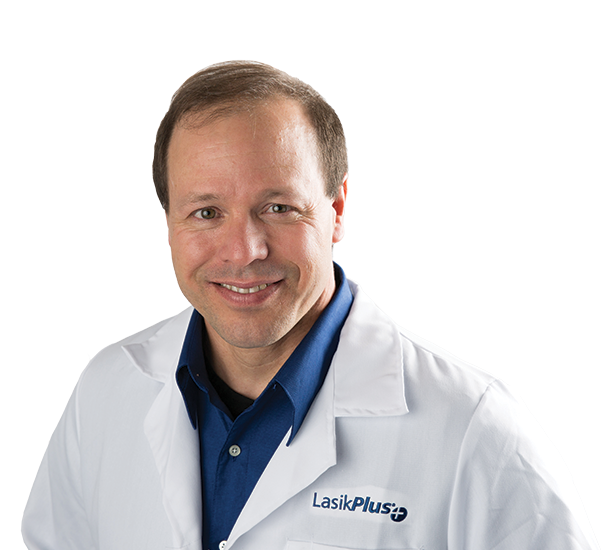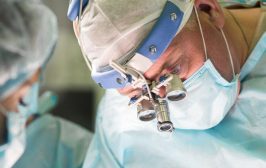-
See the Difference: Save $1,000 on LASIK , Find More
*Must mention this promotion and be treated before March 31 of 2025 to qualify. $1,000 off for both eyes on standard Wavelight price, $500 off for one eye. Cannot be combined with any other offers.
Eye Diseases 201: Myopia
Myopia is the medical term for “nearsightedness”. Being nearsighted means you can see near objects well without the use of glasses or contact lenses, but your distance vision is blurry. Myopia affects about one out of every 3 or 4 people.
Myopia often begins in school age children, as early as grade school for some, when the vision problem is detected during a vision screening test at school or when a teacher notices the child cannot see the chalk board. Other people may not be affected until their high school years or early twenties. People often first suspect that they are nearsighted when they realize they need to “squint” their eyes to see better at night or in low light conditions. Partially closing or “squinting” your eyelids reduces the amount of scattering of light by the myopia and usually helps you see a little clearer. Usually poor night vision is one of the first signs of myopia but day time vision also worsens as myopia progresses. Myopia may be slowly progressive throughout your life or it may “stabilize” in your 20’s or 30’s.
My Struggle With Nearsightedness
I first started developing nearsightedness when I was in high school, although I did not realize it. One of my jobs on the high school football team was returning punts. We had practices after school when it was daylight and I had no problem seeing the ball. However, during our Friday night football games, under the stadium lights, I had more difficulty seeing the ball. I had to “squint” my eyes to see the ball more clearly. Also the scoreboard numbers were hard to see and the individual lights appeared fuzzy with starbursts around them and looked like Christmas tree lights. I also noticed it was much harder to read street signs when driving at night. In retrospect, these were early signs of myopia. My myopia slowly progressed and I eventually had an eye exam and was prescribed a pair of glasses. I was amazed how well I could now see the chalk board and see the “leaves on the trees.” Lights at night looked clear and without glare. My myopia did progress to the point that I needed to wear glasses or contacts at all times to see clearly. I was very active and I hated wearing glasses or contacts for sports, swimming, scuba diving or any other activity. My glasses had nose pads that used to “dig into” the sides of my nose and make my skin red and sore. Also, I hated wearing sunglasses or goggles on top of my glasses or contacts when snowboarding or skiing.
My Life After LASIK
In 2002, I had laser vision correction of my myopia at LasikPlus and my vision has been great ever since. I am able to play sports, swim with my kids, drive at night, read street signs and books all without the need to wear glasses or contact lenses. My experience with myopia is similar to many of my patients’ experiences. I have now done more than 78, 000 laser vision correction procedures and the majority of those have been patients with myopia. It has been quite satisfying for me to dramatically improve the lives of so many thousands of “nearsighted” people. If you have myopia, you may want to see if you are a candidate for laser vision correction.
YOU MIGHT ALSO LIKE...
VISION CENTERS NEAR ME
Enter your zip code, city, or a doctor name below to find a vision center.
Find out if LASIK is right for you
Congratulations!
Your vision issues can most likely be corrected with a LASIK procedure. Schedule a free consultation today.
Answer 5 simple questions to see if you are a candidate
What is your age group?
Do you wear...
With corrective lenses, do you have...
Have you ever been told that you have astigmatism?
Have you ever been told that you have dry eyes?
Request an Information Kit
Learn about your surgeon, the latest advanced technology, procedures, options and benefits, financing options, and what to expect from your LASIKPlus experience.









